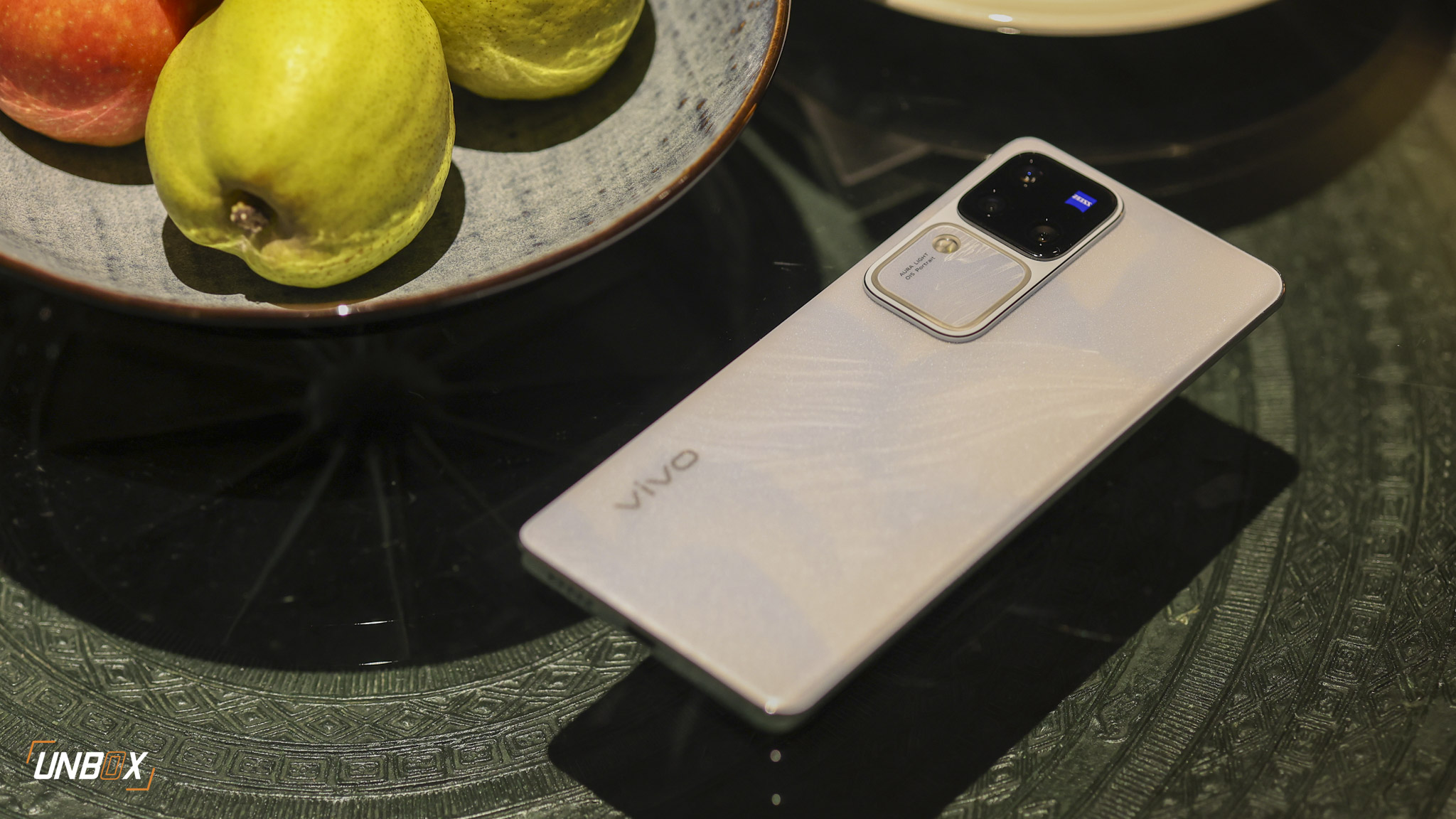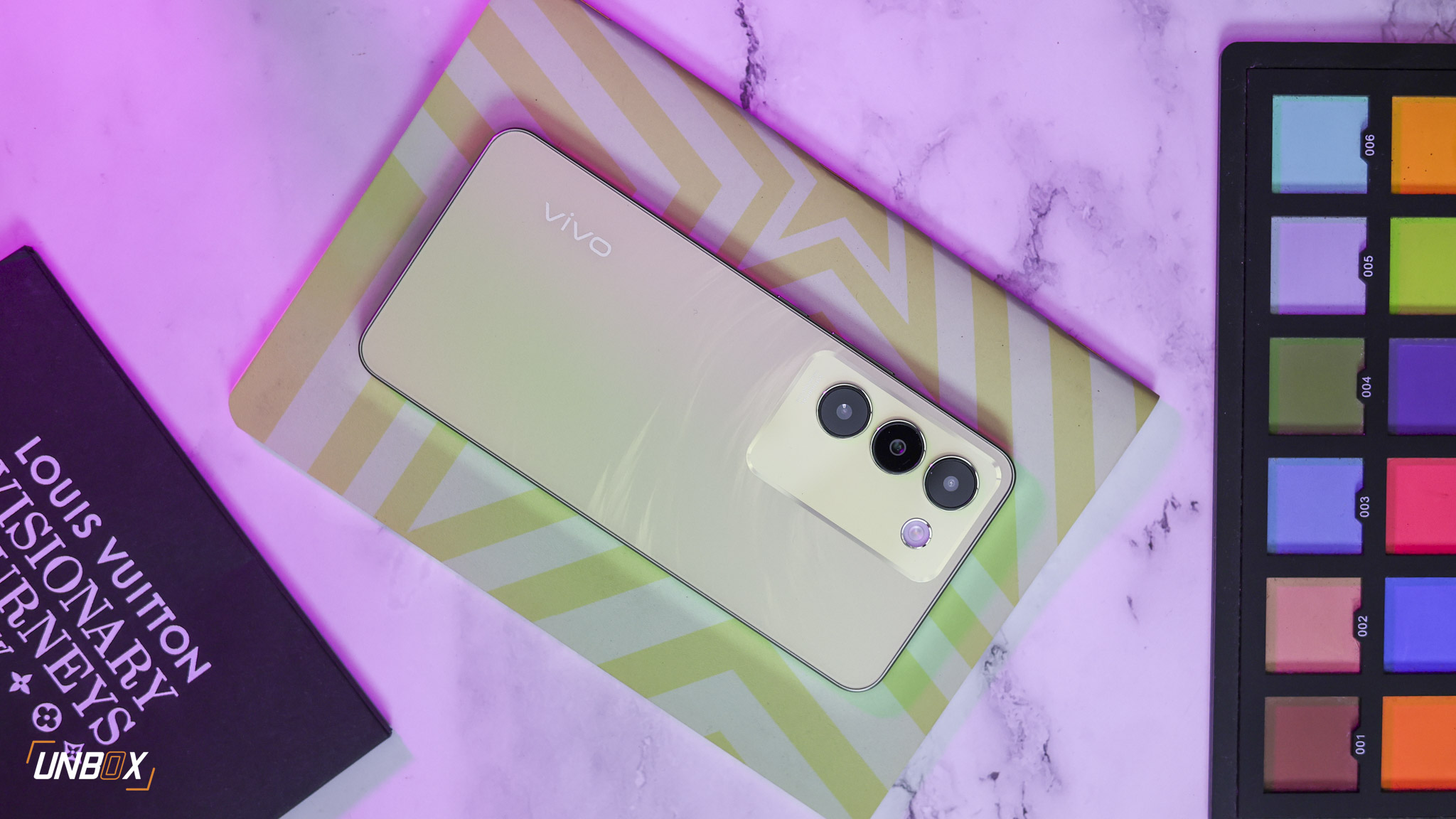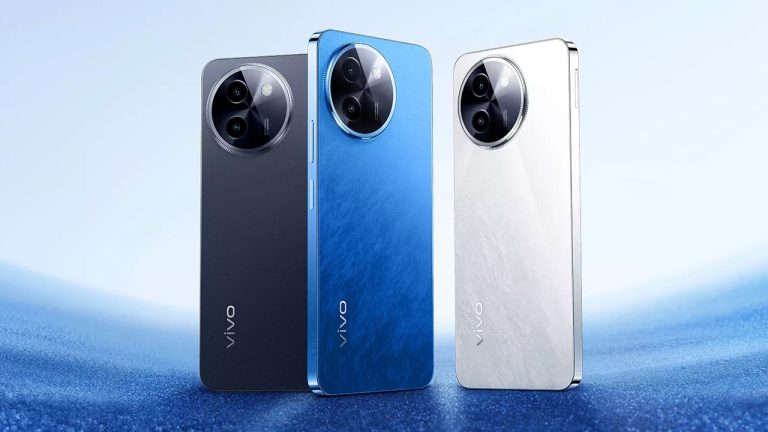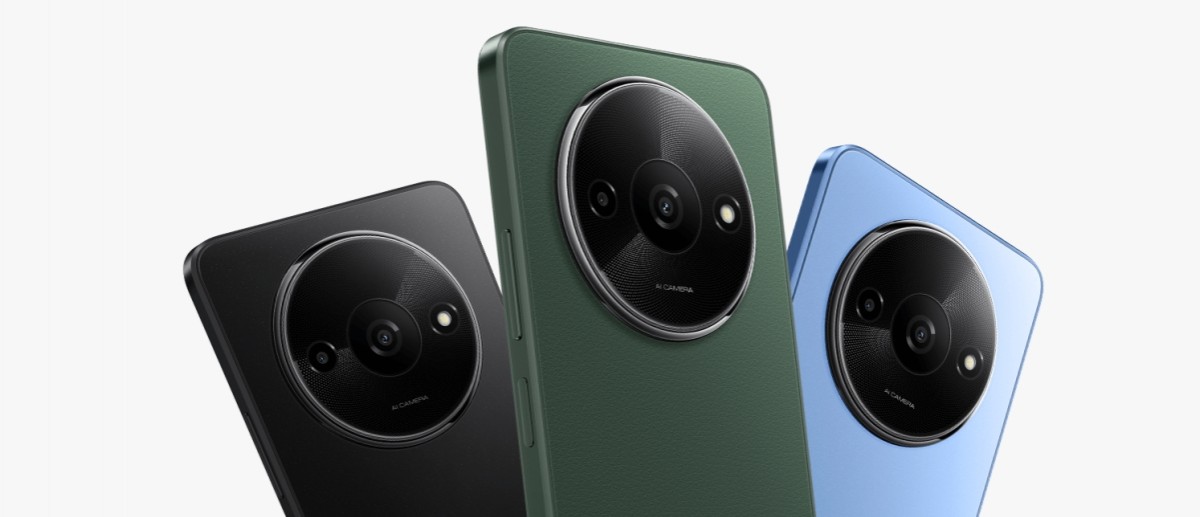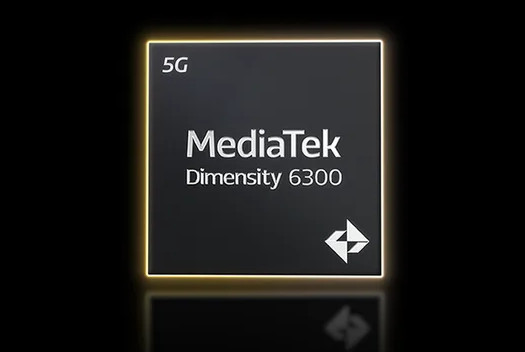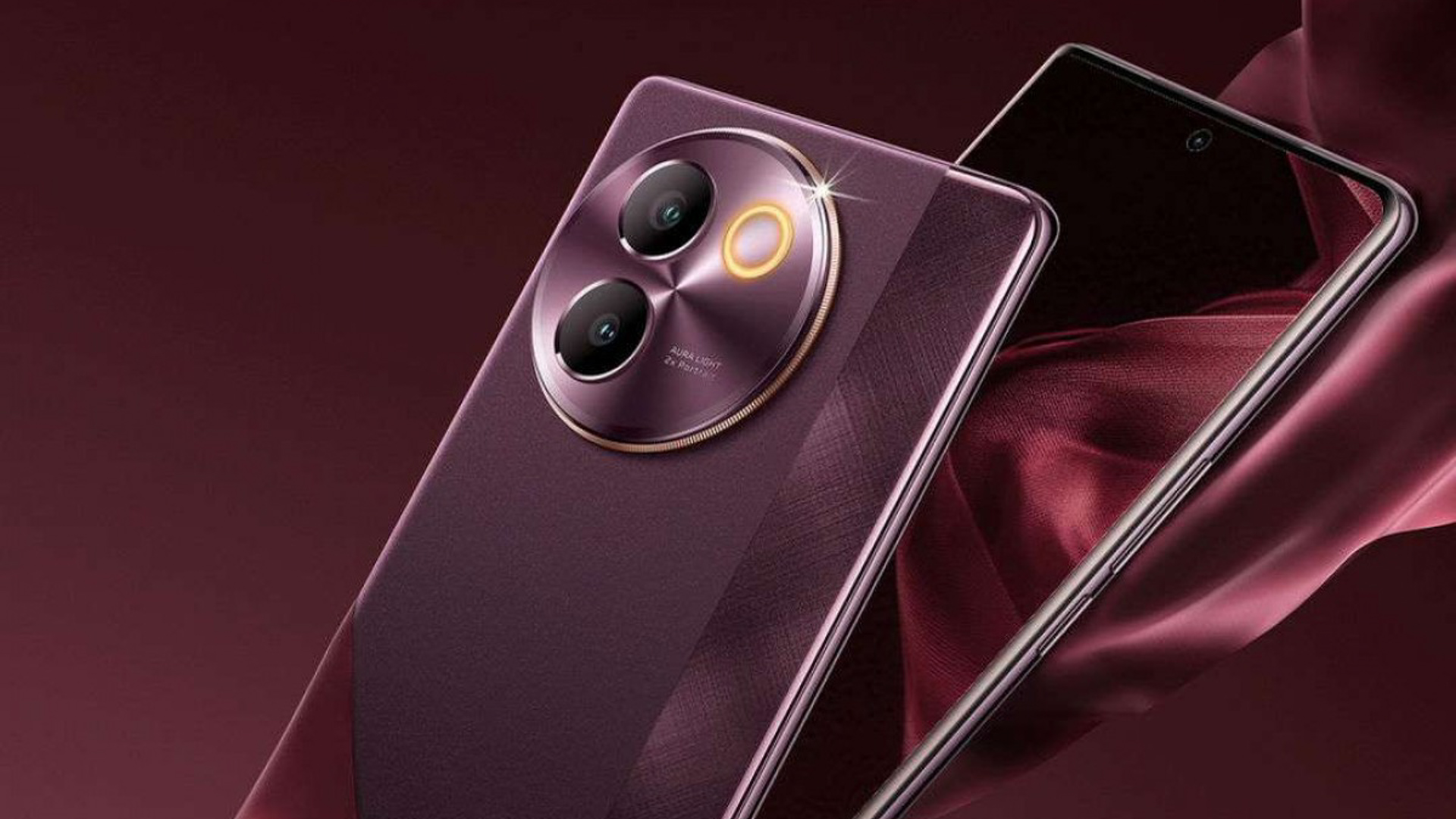
MediaTek is one of the biggest names in chipsets in the world, and is the primary supplier of many local brands like Cherry Mobile, Starmobile and MyPhone. Yet despite their prevalence in phones used by many people, few really know who the company are, what they do and where they come from. We managed to sit down and talk with Cedric Chang, Account Manager for MediaTek to get to know the brand better. Turns out there’s a lot we didn’t know about the brand, simple things like –
They’re not a Chinese company
When people talk about MediaTek’s origins, many tech enthusiasts incorrectly peg their country of origin as China. That’s not true – they’re actually a Taiwanese company based out of Hsinchu City, Taiwan. The company was founded in 1997 when they were spun off from the United Microelectronics Corporation, and was tasked in creating chipsets for optical drives which further expanded into chip solutions for DVD players and digital TVs. MediaTek launched their mobile division back in 2004, selling not only chips for phones but complete systems built around them which made it easier for a manufacturer to integrate. The rest, is as they say, history.
They don’t make their own chips – but neither does their most of their competition
One surprising fact about MediaTek is that the company doesn’t have their own production facility for creating chipsets. They’re a design and R&D company, creating reference chips that they send out to be manufactured by a third-party company, in this case the Taiwan Semiconductor Company. They’re a fabless chip company, meaning they don’t have their own production facilities for the chips they design or sell.
Don’t take that against them though, as their biggest competitor, Qualcomm, also does the same thing. In fact many of the familiar names in chipsets don’t make their own stuff, content on handing it to a third-party company to create. As far as we know only Samsung and Intel has their own chip fabrication facilities. Because of this, the company is at the mercy of TSMC’s supply chain, and any disruptions to production because of natural disasters such as this one quickly lead to chip shortages and higher smartphone prices.
They were the first ones to create true octa-core processors
While octa-core processors are a common sight today, it wasn’t that long ago when four cores working in unison was still a pipe dream. Sure, octa-core processors were already a thing by the time MediaTek started work on their true-octacore chipset, but those processors utilized the big.LITTLE architecture, which utilized two sets of four cores working at different frequencies for performance and power savings.
MediaTek’s true octa-core solution paired eight cores all running at the same frequency, at the same time. Is it more powerful than the other architecture used by their competitor? It depends on the device of course, but for the most part their closest competitor, Qualcomm, has a slight edge. But that performance gap is negated when you consider that MediaTek’s chips are way cheaper than Qualcomm’s offerings, which explains why they’re used by local brands that are targeting the mass market.
They’re a turnkey solution, and not all the blame on slow OS updates rests on them
MediaTek has this undeserved reputation as manufacturer that never updates their phones, but that’s actually far from the truth. You see, MediaTek is a turnkey solutions provider. In layman’s terms, they’re capable of providing all the required hardware and software to create a smartphone, which includes drivers for the chipset and all the other components. They’re also responsible for pushing out updates to ODMs.
See, the reason why they were unfairly slapped with the reputation of not updating their phones is because of their ODMs. We’ve gone into length describing how the process works here, but in a nutshell, the way the update flow is supposed to go is Google->MediaTek->ODM->Brand->your phone. The problem is that ODMs that some local brands (like Cherry Mobile) utilize would rather move on to a new phone than divert their limited manpower to crafting the OTA to be pushed out to local brands, which results in a phone that’s forever stuck in Lollipop or <insert last year’s Android version here>. Qualcomm is faster to push out updates because many of the companies that utilize their chipsets are comitted to updating their phones over the years because they’re big, multinational companies serving thousands, if not millions, of users with the same phone.
We hope that this short article gave you a bigger idea of who MediaTek is and what they do. Since Mobile World Congress is coming up in a few weeks, we’re sure we’ll be hearing from them in Barcelona as they launch their brand new chipsets.









